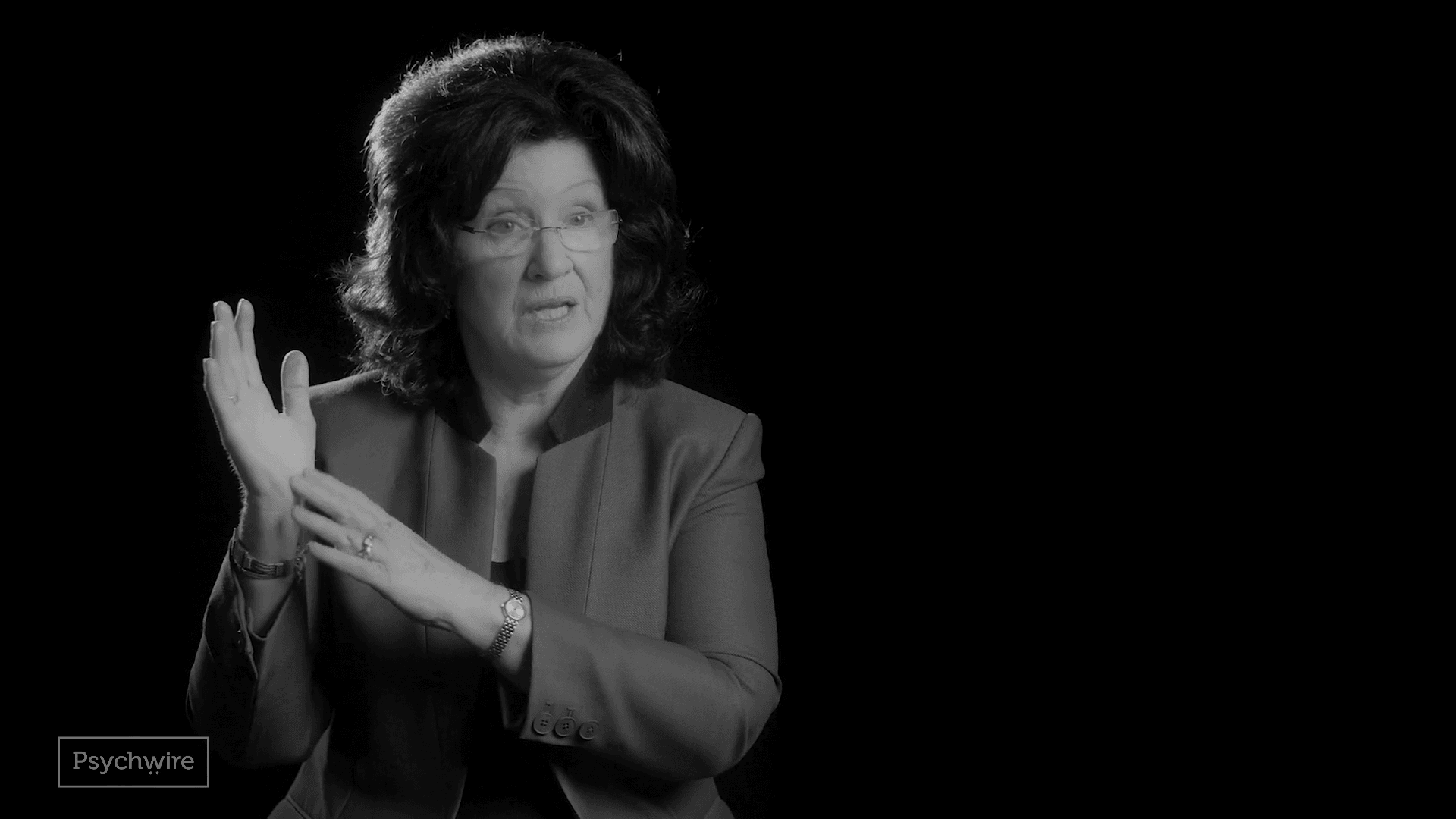
Targeting Emotion Experientially
 EFT: Attachment Science in Practice
EFT: Attachment Science in PracticeEFT being a humanistic experiential model. We're emphasizing the experience session by session. We expect the change to happen in session before it starts happening outside of session. So we are not simply a talk therapy. Clients let us experience their suffering. And we join with them in their experience of their distress and navigate our way through it together.
We actually need to make experiential contact with our pain, with our distress, with our suffering in order for it to revise. And that's what an EFT clinician is aiming to do each and every session, little bits, or more than a little bit at a time, to say, let me see. Could you show your pain to me? Could you share your pain with me? I can help you hold it. And then let's see how that changes the pain, what happens to the strength or the potency of that pain.
In EFT, we do not stand back and do interventions on other people. We do not stand out here and say, come and meet us, and we'll teach you coping techniques. Everything is collaborative. I might help you put your emotions together for example, but as I'm doing that in what we call affect assembly, I'm asking you, is that right? Does this for you? Could you help me? Do you have a better word?
Is that a better word? We join the client in the reality that they are caught in. We join the client in their stuck places, and we validate that those stuck places are happening for very good reasons.